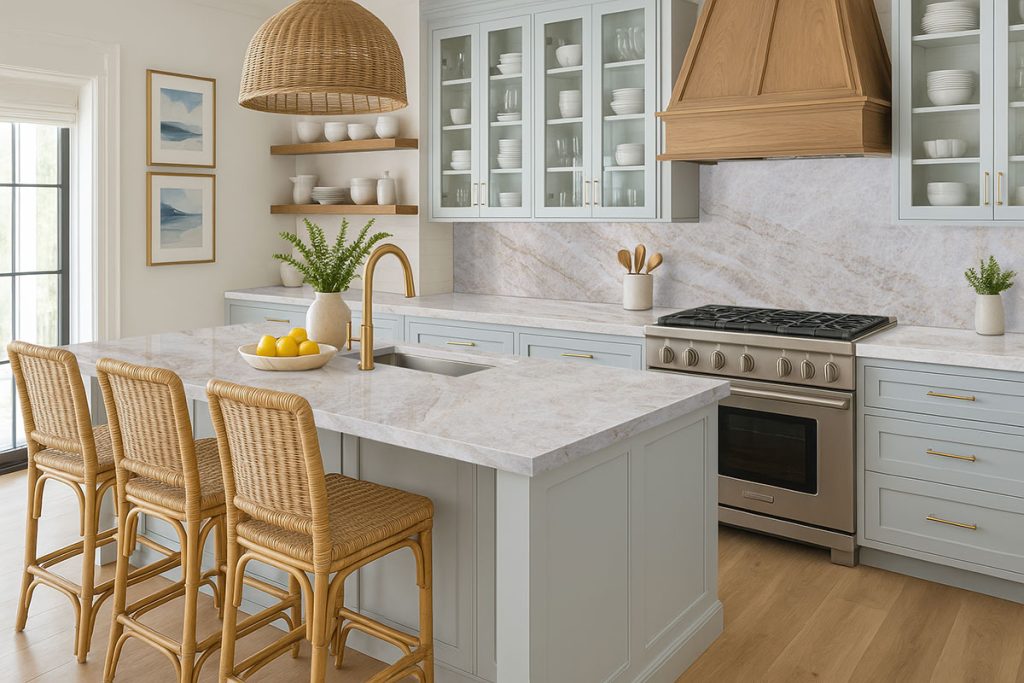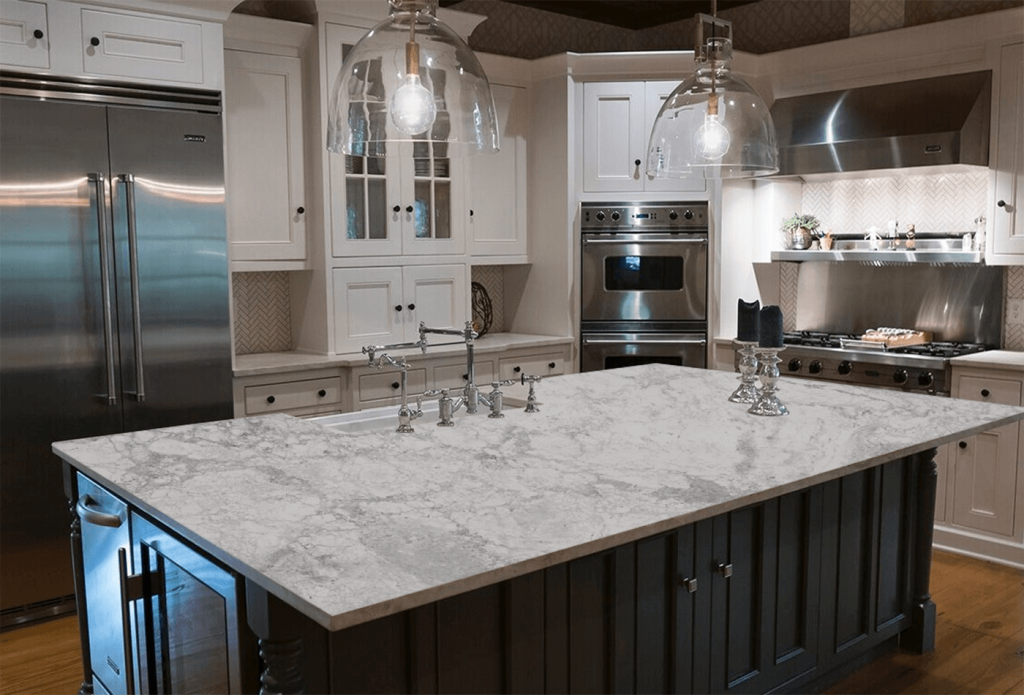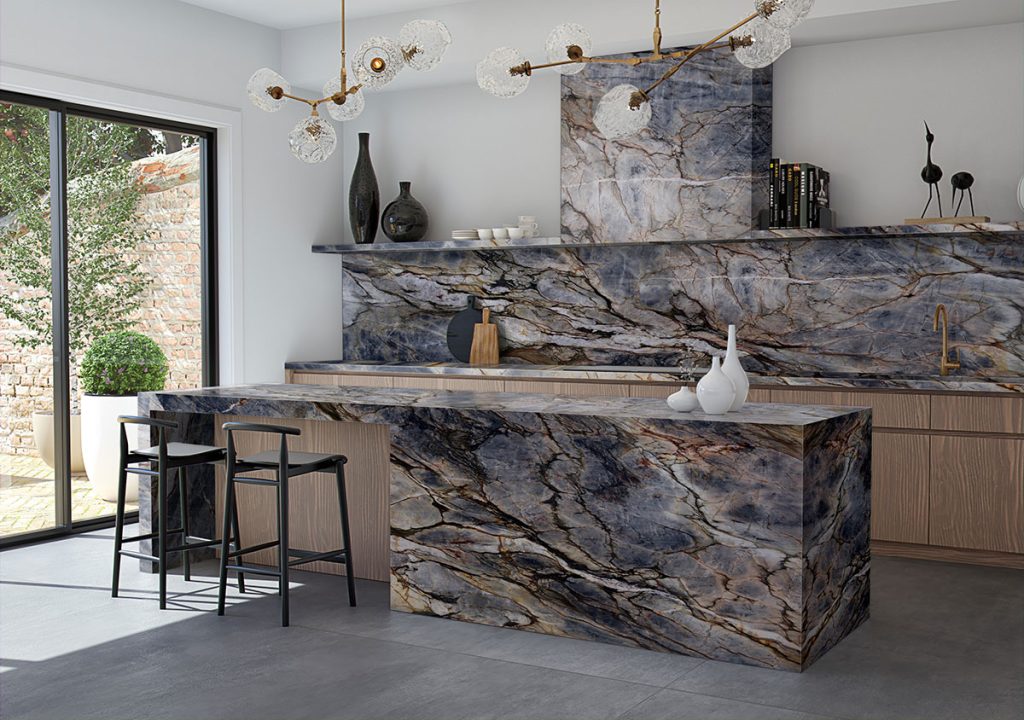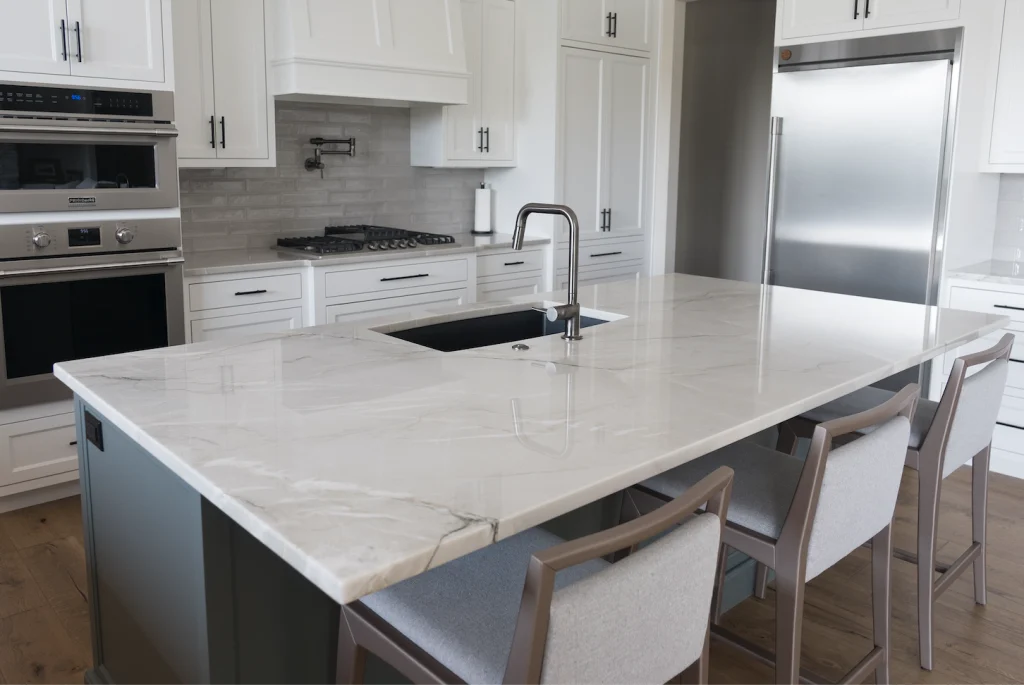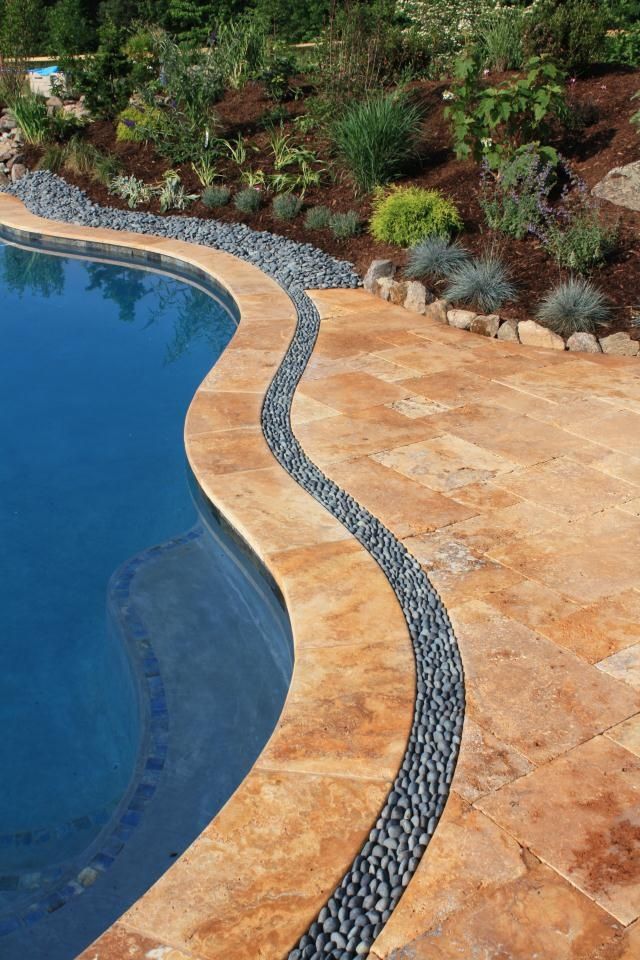What is the best daily cleaner for quartzite?
Quartzite is one of the most durable and beautiful natural stones you can put in a kitchen or bathroom—but it still needs the right daily cleaner to stay looking its best. Because it’s a natural stone, the products you use can either protect the seal or slowly damage it over time. Choosing the right daily cleaner is the easiest way to keep quartzite clean, streak-free, and long-lasting.
Why Quartzite Needs a Proper Daily Cleaner
Quartzite is a metamorphic natural stone formed through heat and pressure. It’s harder than marble and more heat-resistant than quartz, but it’s still porous and relies on a protective sealer.
The wrong cleaner can:
-
Strip the sealer
-
Cause etching
-
Leave streaks or a dull finish
-
Allow stains to soak in over time
That’s why quartzite should always be cleaned with a pH-neutral, stone-safe daily cleaner.
What to Look for in a Daily Cleaner
✅ Must-Haves
-
pH-neutral formula
-
Safe for sealed natural stone
-
Non-acidic and non-abrasive
-
No vinegar, bleach, ammonia, or harsh chemicals
-
Microfiber cloth–friendly
❌ What to Avoid
-
Vinegar or citrus-based cleaners
-
Household all-purpose cleaners
-
Bleach or ammonia
-
Abrasive powders or scrub pads
-
Soap-based cleaners that leave residue
The Best Daily Cleaners for Quartzite
Below are reliable, commonly used daily cleaners that are safe for sealed quartzite:
1. Granite Gold Daily Cleaner
-
Affordable and widely available
-
Stone-specific, pH-balanced
-
Great everyday option
2. MORE Stone & Quartz Cleaner + Protector
-
Premium option
-
Cleans while adding light protective agents
-
Great for high-end kitchens
3. STONETECH Quartz & Tile Cleaner
-
Low-odor, safe for daily use
-
Trusted brand in the stone industry
4. Rejuvenate Granite & Stone Daily Cleaner
-
Budget-friendly
-
Convenient spray-and-wipe
5. Stone Care International Quartz Clean & Shine
-
pH-neutral
-
Leaves a light polished look
All of these are safe for quartzite as long as the countertop is properly sealed.
Recommended Daily Cleaning Routine
Here’s an easy routine you—and your customers—can follow:
-
Spray the daily cleaner over the surface.
-
Wipe with a microfiber cloth to pick up residue, crumbs, and streaks.
-
Blot spills immediately, especially wine, coffee, tomato sauce, or anything acidic.
-
Dry the countertop if water spots are an issue.
-
Repeat as needed throughout the day if cooking heavily.
Extra Quartzite Care Tips
-
Use trivets for hot pans, even though quartzite handles heat well.
-
Use cutting boards to avoid scratches.
-
Reseal every 6–12 months depending on usage.
-
Avoid leaving oils or colored liquids sitting for long periods.
Final Takeaway – What is the best daily cleaner for quartzite?
The best daily cleaner for quartzite is a pH-neutral stone cleaner that’s safe for sealed natural surfaces. Products like Granite Gold, MORE, STONETECH, and Stone Care International are excellent choices. Consistent daily care will keep quartzite bright, glossy, and protected for many years.


